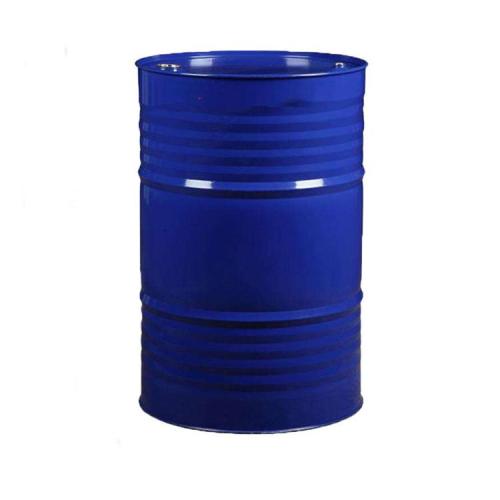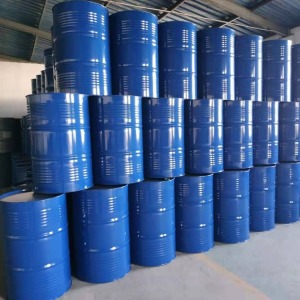Pyridine
CAS NO.:110-86-1
EINECS NO.:203-809-9
UN NO.:1282
HS CODE:2933310010
Molecular Formula:C5H5N
Molecular Weight:79.10
Appearance: Colorless to light yellow liquid
Solubility:soluble in water, soluble in alcohol, ether and most organic solvent
Executive Standard:Company standard
Packing: 200 KG drum/ISO Tank
Application: Used as a solvent or reagent in specialty chemical manufacturing; used to produce a variety of Herbicides and Pesti-cides as an agrochemical intermediate; used in the production of Piperidine and an intermediate in the preparation of drugs, dyes, waterproofing agent etc.
Pyridine is a six membered heterocyclic compound containing one aza atom, that is, a compound formed by the substitution of one carbon in benzene molecule with nitrogen. It is similar to benzene in that it has the same electronic structure and still has aromaticity. Pyridine and its derivatives are more stable than benzene, and their reactivity is similar to nitrobenzene. Due to the electron absorption of nitrogen atoms in the ring, the electron density at positions 2, 4 and 6 is lower than that at positions 3 and 5. The typical aromatic electrophilic substitution reaction occurs at positions 3 and 5, but the reactivity is lower than that of benzene, so it is generally not easy to nitration, halogenation and sulfonation. In addition, these substitution reactions are carried out in acidic medium. Pyridine forms positively charged ions, which make electrophilic reagents inaccessible. The halogens of 2-or 4-halopyridines are active. Because of the low electron density at positions 2 and 6, nucleophilic substitution reactions can take place at these positions, such as reaction with sodium amino or potassium hydroxide, to give corresponding 2-aminopyridine or 2-hydroxypyridine. Pyridine can also be used as denaturant and dyeing aid in industry, as well as the starting material for synthesis of a series of products, including drugs, disinfectants, dyes, food seasonings, adhesives, explosives and so on. Pyridine is toxic, inhalation, ingestion or skin contact can lead to reduced male fertility, can also cause cancer.















